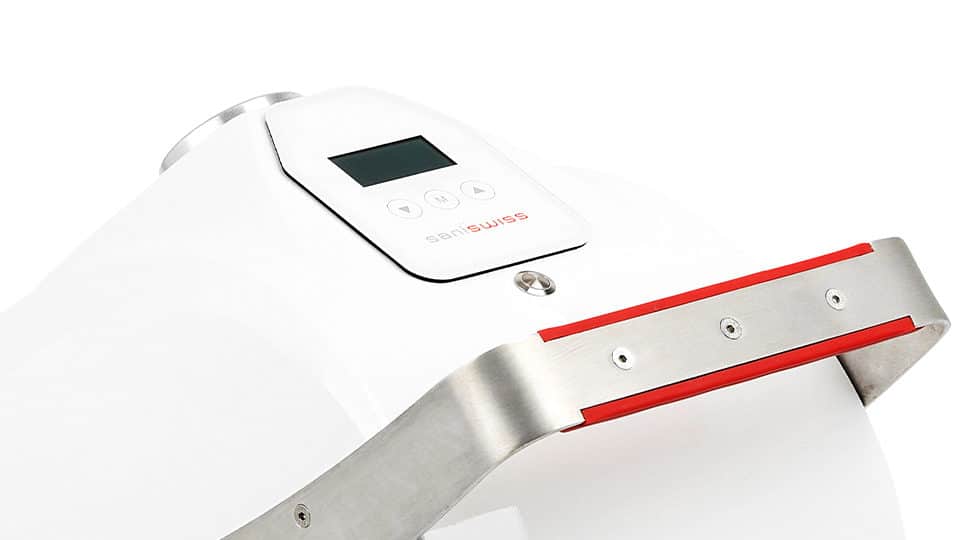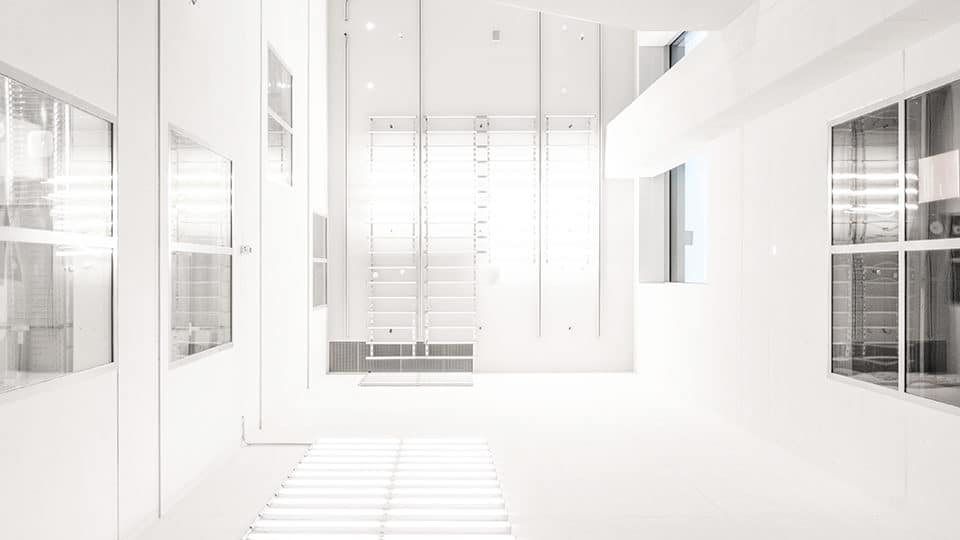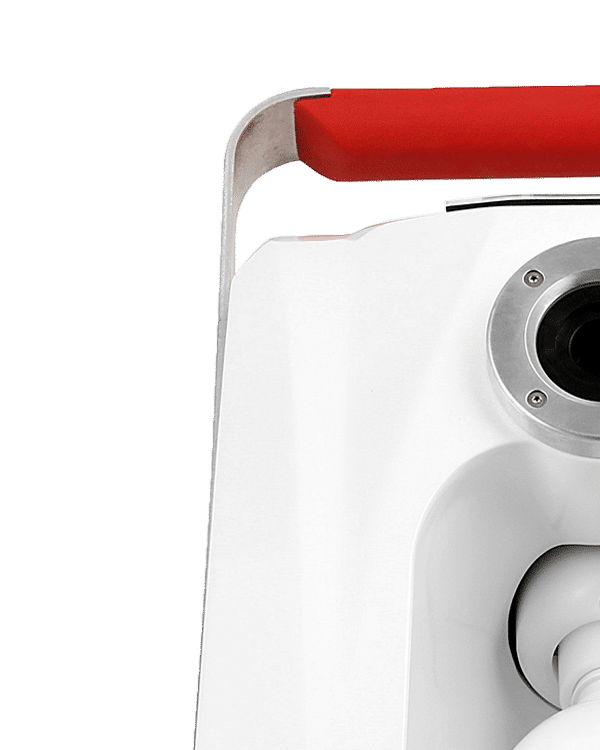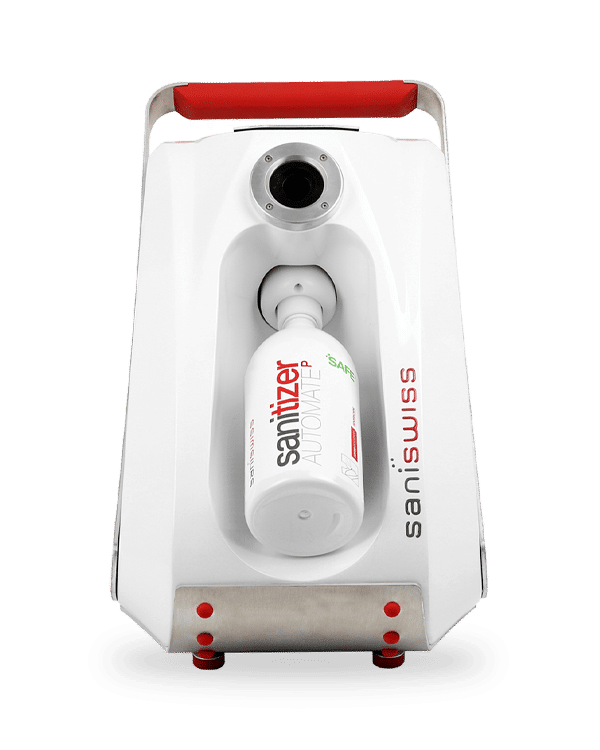The prevention of healthcare-associated infections (HAIs) relies on multiple factors and therefore requires a multimodal approach for being successful. All factors should be improved in the same way, however, only a little progress has been made in terms of hospital environmental cleaning and disinfection. There is now evidence that several pathogenous microorganisms such as Clostridioides Difficile and Vancomycin-resistant Enterococcus (VRE) can persist on contaminated surfaces for several months, therefore, they can be spread by patients or healthcare workers to other surfaces or directly to other patients, potentially causing cross infections or at a higher scale, outbreaks.
The role of the hospital environment in cross-infection was therefore recognized, but the implementation of better cleaning and disinfection methods was not necessarily associated to the reduction of HAIs for many years, mainly due to the complexity of assessing this cause and effect relationship.
Today, several studies have proven that the implementation of a multimodal strategy for the improvement of hospital hygiene is related to the overall reduction of nosocomial infections.
This is a breakthrough in the field of infection prevention and control, making institutions putting more focus on how to improve their environmental hygiene, reviewing how training and audits are performed internally, and which methods and products are used.
Despite proper training and assessment of cleaning operatives and the use of adequate cleaning/disinfection products, hospital environment-related HAIs rates cannot be lowered above a certain level. It might be because of an intense workload, lack of motivation or the oversight of some potentially contaminated surfaces.
However, there are some situations where the risk of acquiring an infection is too high to only rely on human performance, like for example terminal cleaning and disinfection after the discharge of an MDRO-infected patient.
In addition to manual terminal cleaning, it is possible to use a no-touch room decontamination system such as UV light, hydrogen peroxide vapor (HPV), or most recently aerosolized hydrogen peroxide (aHP), to homogeneously cover all surfaces and avoid oversights.
Generally, the criteria for choosing a no-touch room decontamination system are the following: efficacy (> 6-log reduction), cost-effectiveness, simplicity of use, eco-friendliness.

Main types of no-touch decontamination systems
UV light systems consist of towers equipped with several UV lamps, specifically designed for breaking DNA molecular bonds and destroying microorganisms. The microbicidal spectrum includes bacteria (3- to 4-log reduction), viruses, fungi, and bacterial spores, which need longer cycles to be eradicated.
UV light systems do not require any room sealing and do not leave residues, therefore the room can be recovered right after the disinfection cycle is over. However, the main drawback of this system is that objects should be moved to expose them to UV rays, additionally, the efficacy is highly dependent on the delivered dose which should be regularly checked to ensure reproducible microbicidal action.
These systems require an important investment at the beginning but have low operating costs. Depending on their use, UV systems require frequent bulb replacement.
HPV systems use > 30% H2O2 solutions that are heated to create a high-concentration H2O2 vapor, and this vapor is distributed in the room by an automatic ventilation system. These systems have a wide microbiological spectrum including bacteria, viruses (enveloped and non-enveloped), fungi and spores, all with a > 6-log reduction.
However, HPV requires preparation as air ducts and gaps under doors have to be sealed with tape. HPV systems are expensive and they also have high operating costs, due to energy consumption, product consumption, and long cycle-times because of the high H2O2 concentration reached. For this reason, few HPV systems are equipped with H2O2 scrubbers that accelerate room recovery, decreasing the overall cycle time from 8 hours to 2.5 hours.
aHP systems use 6-12% H2O2 with or without silver cations. Ionized H2O2 aerosols are generated by several powerful Venturi systems, allowing to homogeneously cover all surfaces of a given room volume. They represent a cost-effective and safer alternative to HPV systems, with similar microbicidal results. aHP systems are also bactericidal, fully virucidal, fungicidal and sporicidal, with > 6-log reduction.
aHP systems do not require room sealing, are easy to set up and have short cycle times (from 1 hour up to 1.5 hours). Interest in aHP systems is becoming more and more important, as it is a good compromise between simplicity, efficacy and operating cost.

What if no-touch disinfection were an absolute prerequisite?
It is time and resource consuming to screen all patients for the detection of any pathogens. Therefore, several institutions are using no-touch decontamination systems systematically after patient discharge, to prevent any cross-infection.
The emergence of a no-touch disinfection system generates innovative application ideas, such as the disinfection of incubators once they are empty and clean, instead of using chemical biocides that may leave residues. They can also be used for the simultaneous disinfection of several medical equipment trolleys, which are known to be important germs reservoirs and possible vectors of cross-infections.
As those « add-ons » systems such as aHP are relatively new, most IPC stakeholders tend to see these new tools only as « curative » solutions post-infections. At Saniswiss, we always stress the importance of implementing those solutions not only as an « emergency » tool but mostly as a protocoled routine preventive solution.
There is one particular multidrug-resistant fungus, Candida Auris, that has already caused outbreaks and is an important threat on a global scale. The latter can survive several days on dry surfaces, and can only be removed by using sporicidal agents. Therefore the use of no-touch decontamination systems for removing Candida Auris brings a true preventive solution in today’s preoccupying context.
Bibliography
- A. Marra, M. Schweizer, M.Edmond (2018). No-Touch Disinfection Methods to Decrease Multidrug-Resistant Organism Infections: A Systematic Review and Meta-analysis. Infection Control & Hospital Epidemiology, 39(1), 20-31. doi:10.1017/ice.2017.226
- D.J. Anderson, R.W. Moehring, D.J. Weber, S.S. Lewis, L.F. Chen, J.C. Schwab, CDC Prevention Epicenters Program (2018). Effectiveness of targeted enhanced terminal room disinfection on hospital-wide acquisition and infection with multidrug-resistant organisms and Clostridium difficile: a secondary analysis of a multicentre cluster randomised controlled trial with crossover design (BETR Disinfection). The Lancet. Infectious diseases, 18(8), 845–853. doi:10.1016/S1473-3099(18)30278-0
- D.J. Weber, W.A. Rutala,, D.J. Anderson, L.F. Chen, E.E. Sickbert-Bennett, J.M. Boyce (2016) Effectiveness of ultraviolet devices and hydrogen peroxide systems for terminal room decontamination: Focus on clinical trials. American Journal of Infection Control, 44(5),77-84. doi:10.1016/j.ajic.2015.11.015
- Ontario Agency for Health Protection and Promotion (Public HealthOntario), Provincial Infectious Diseases Advisory Committee. Best practices for environmental cleaning for prevention and control of infections in all health care settings. 3rd ed. Toronto, ON: Queen’s Printer for Ontario; 2018.
- D.Mosci, G.W.Marmo, L.Sciolino, C.Zaccaro, R.Antonellini, L.Accogli, T.Lazzarotto, M.Mongardi, M.P.Landini (2017). Automatic environmental disinfection with hydrogen peroxide and silver ions versus manual environmental disinfection with sodium hypochlorite: a multicentre randomized before-and-after trial. Journal of Hospital Infection, 97(2), 175 – 179. doi: 10.1016/j.jhin.2017.06.010
- W.A Rutala, D.J.Weber (2011). Are room decontamination units needed to prevent transmission of environmental pathogens? Infect Control and Hospital Epidemioly. 32(8), 743-747. doi: 10.1086/661226.
- Blazejewski, C., Wallet, F., Rouzé, A., Le Guern, R., Ponthieux, S., Salleron, J., & Nseir, S. (2015). Efficiency of hydrogen peroxide in improving disinfection of ICU rooms. Critical care (London, England), 19(1), 30. doi:10.1186/s13054-015-0752-9
- B.G. Mitchell, L. Hall, N. White, A.G. Barnett, K. Halton, D. L. Paterson (2019). An environmental cleaning bundle and health-care-associated infections in hospitals (REACH): a multicentre, randomised trial. The Lancet Infectious Diseases. 19(4), 410-418. doi: 10.1016/S1473-3099(18)30714-X
- T. Ku, C.J. Walraven, S.A. Lee (2018). Candida auris: Disinfectants and Implications for Infection Control. Frontiers in microbiology, 9, 726. doi:10.3389/fmicb.2018.00726



